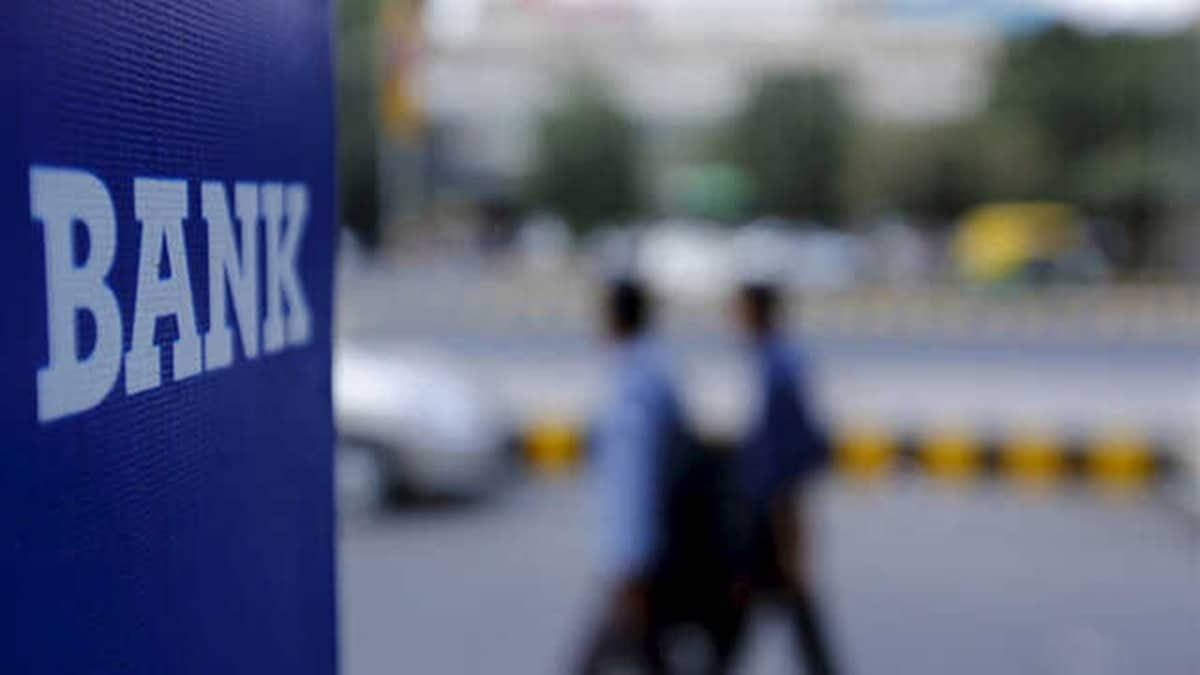In recent trading sessions, mid-sized and small banks have been under significant selling pressure, with many nearing their 52-week lows. This downturn is occurring despite the Reserve Bank of India’s (RBI) efforts to invigorate the economy through measures such as repo rate cuts and a liquidity infusion of approximately Rs 1.5 lakh crore in phases.
Current Market Performance of Smaller Banks
On Tuesday, IDFC First Bank closed at Rs 58.8, hovering close to its 52-week low of Rs 56.5, recorded on January 27, 2025. Similarly, Ujjivan Small Finance Bank ended trading at Rs 31.55, just above its 52-week low of Rs 30.85. AU Small Finance Bank also saw its stock at Rs 524, near its low of Rs 492.8 from February 19, 2025.
In stark contrast, larger banks are performing considerably better. HDFC Bank finished Tuesday’s session at Rs 1,683.6, not far from its 52-week high of Rs 1,880, while Kotak Mahindra Bank traded at Rs 1,968, close to its high of Rs 1,994.
Economic Challenges for Smaller Banks
The Indian economy has displayed sluggish growth in the first half of FY 25, prompting the RBI to lower its GDP growth forecast to 6.6% from 7.2% as of December 2024. Many smaller banks have seen a decline in asset quality, exacerbated by this economic slowdown. For example, AU Small Finance Bank reported a net NPA ratio of 0.91% in Q3 FY 25, up from 0.68% the previous year.
- Ujjivan Small Finance Bank: 0.56% in December 2024, compared to 0.17% a year prior.
- Jana Small Finance Bank: 0.94% in December 2024, up from 0.71% in the same quarter the previous year.
Analysts have noted that mid-sized banks are particularly struggling with micro loans, as borrowers from lower-income segments face increased challenges amid the economic downturn.
Performance of Larger Banks
In contrast, larger banks like State Bank of India (SBI) and ICICI Bank have maintained healthy asset quality. SBI’s net NPA ratio stood at 0.53% in December 2024, down from 0.64% the previous year, while ICICI Bank reported a net NPA ratio of 0.42%, slightly improved from 0.44% a year earlier.
Investor Insights and Future Outlook
The recent Union Budget included measures aimed at economic growth, including tax-free income up to Rs 12 lakh. Additionally, the RBI announced a reduction in risk weightage for banks’ micro loans, which is expected to positively impact the sector over the coming quarters.
- Ujjivan Small Finance Bank: P/E ratio of nearly 6 times estimated FY 25 earnings.
- AU Small Finance Bank: Approximately 18 times estimated FY 25 earnings.
- IDFC First Bank: Around 25 times estimated FY 25 earnings.
In comparison, leading private banks like ICICI Bank and HDFC Bank trade at about 19 times their estimated FY 25 earnings, indicating that mid and small-sized banks may seem overvalued in the short term.
The central bank’s signals toward a potential easing of interest rates have captured investor attention. However, experts advise a cautious approach for those considering investments in mid and small-sized bank stocks, emphasizing the need for a thorough evaluation of their asset quality and operational metrics moving forward.
Conclusion
As the market navigates through these turbulent times, staying informed and adopting a wait-and-watch strategy could be key for investors looking to engage with mid and small-sized banks.










